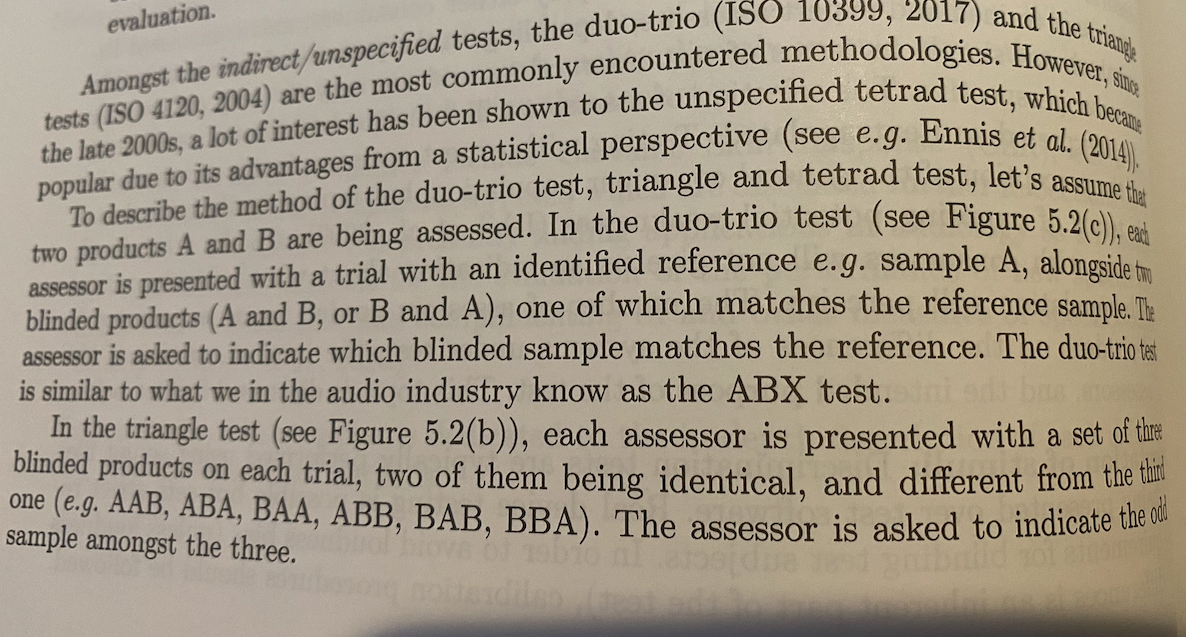bigshot
Headphoneus Supremus
Right now, we are talking about A/Bing USB cables. Do you have an opinion on that?
With headphones that have input plugs on both sides, you could put a different cable to each ear I suppose and ask if the ears sound different or the same. Randomize it up with a bunch of different trials and see if you get some sort of pattern. If the two ears heard slightly different, it would still show a pattern if it was different as long as it was randomized. A/A B/A A/B and B/B
With headphones that have input plugs on both sides, you could put a different cable to each ear I suppose and ask if the ears sound different or the same. Randomize it up with a bunch of different trials and see if you get some sort of pattern. If the two ears heard slightly different, it would still show a pattern if it was different as long as it was randomized. A/A B/A A/B and B/B
Last edited:


















